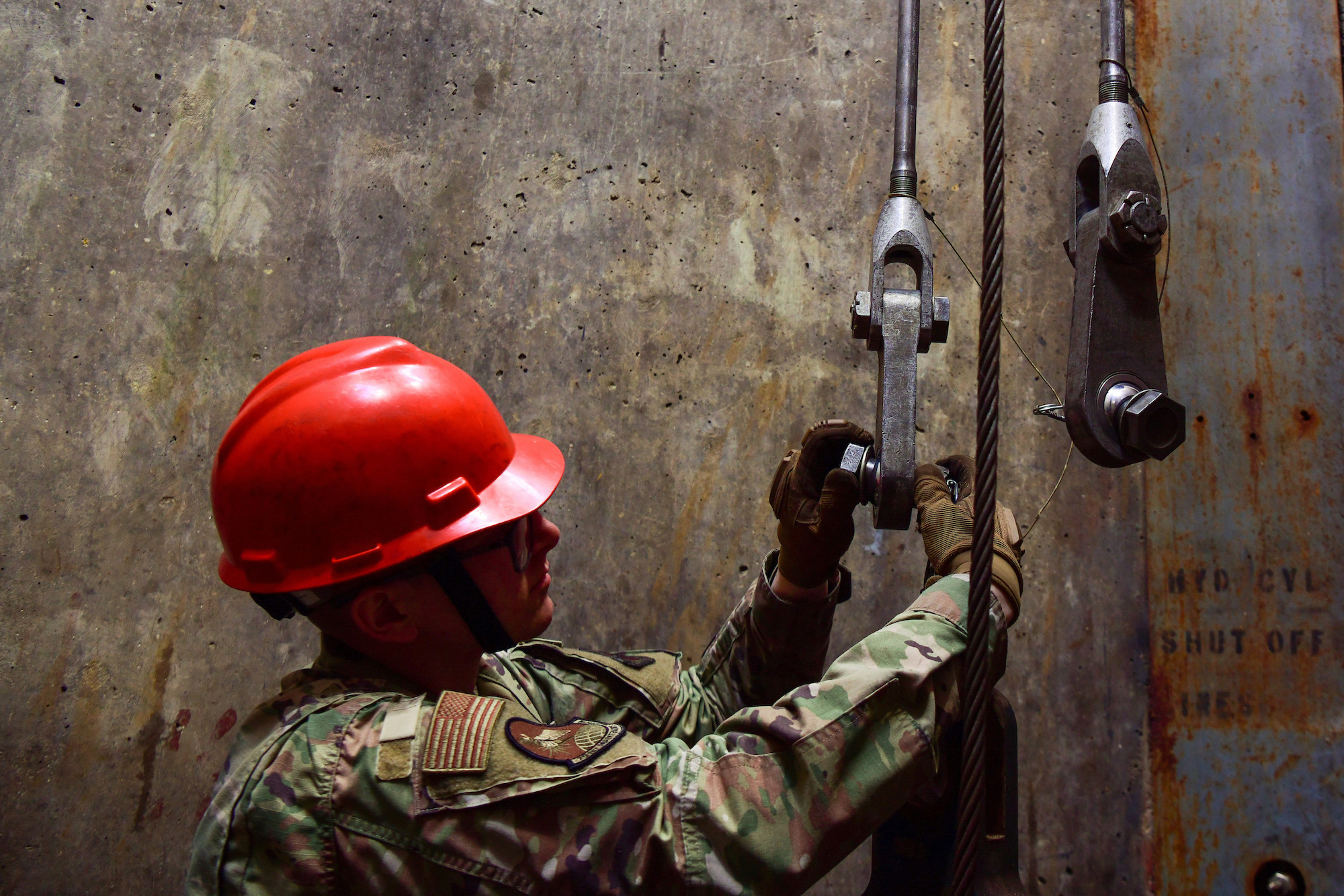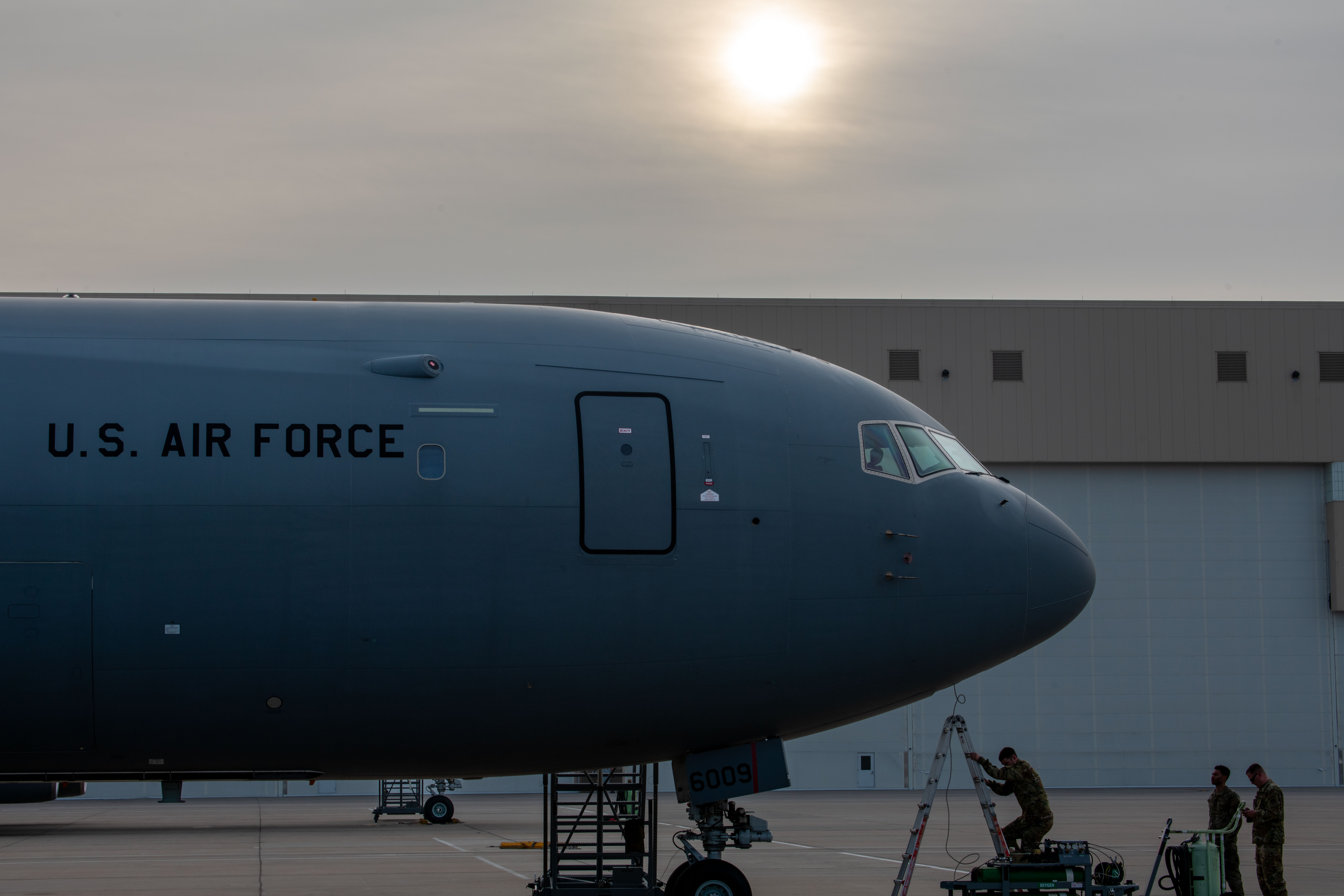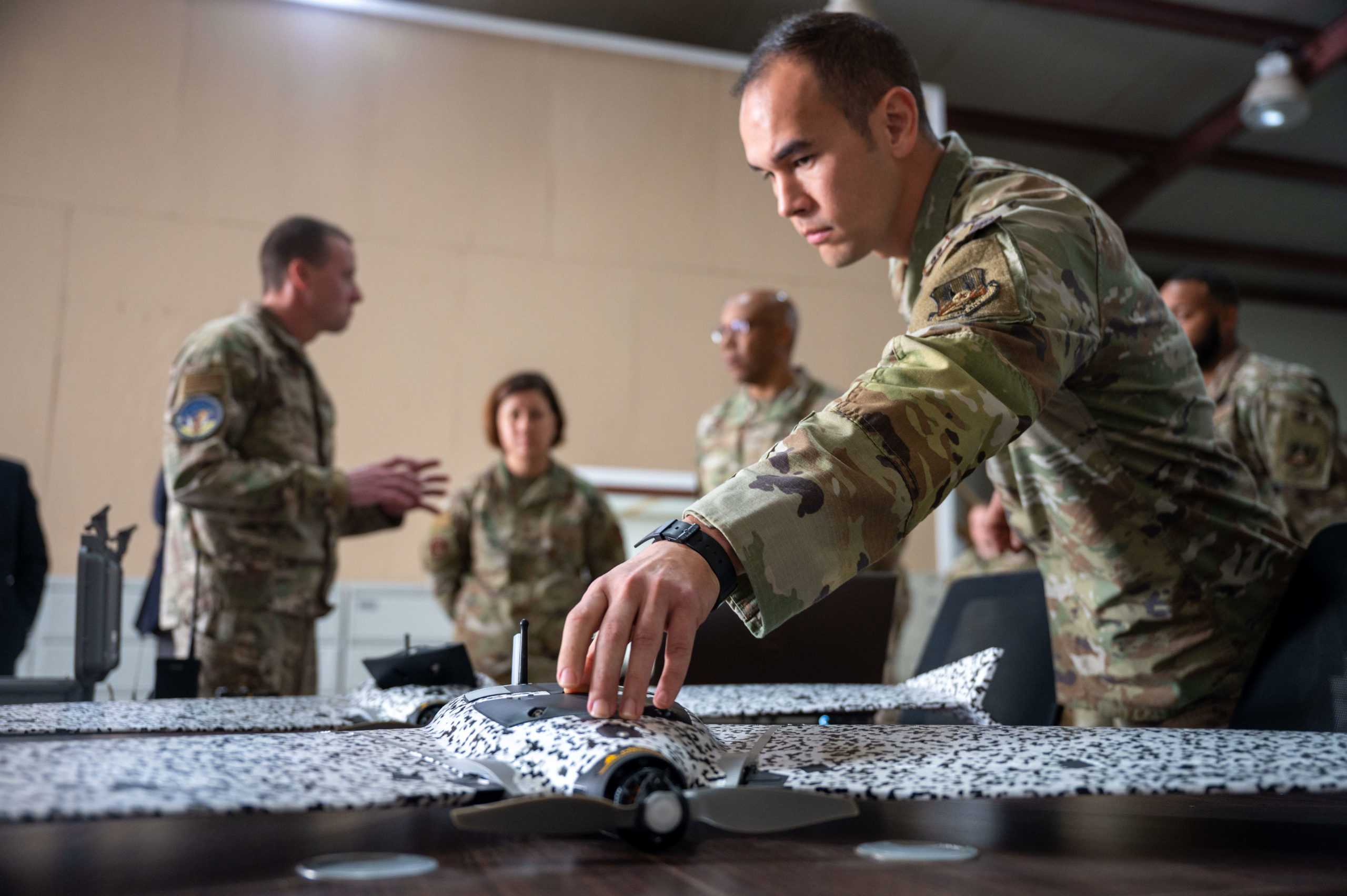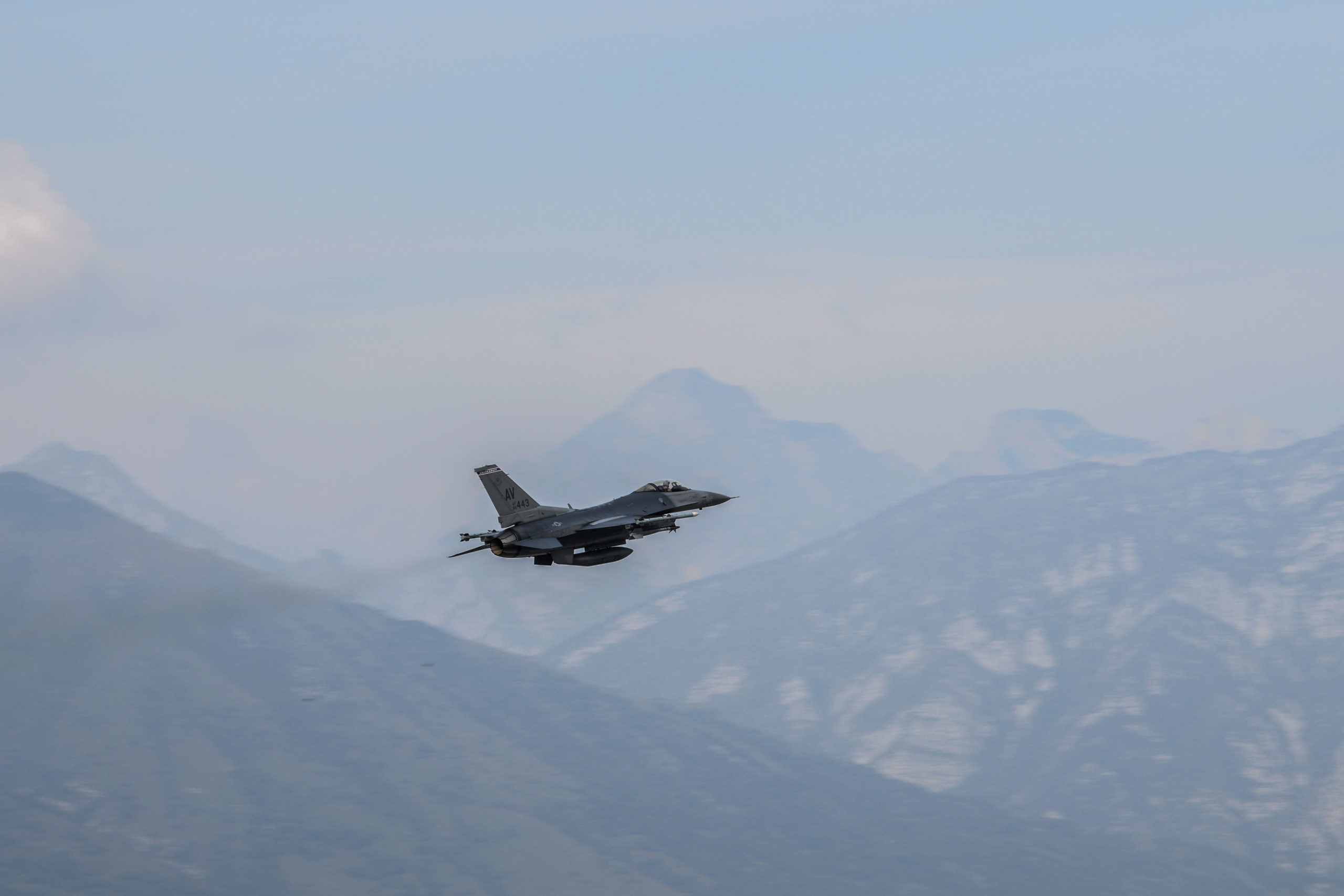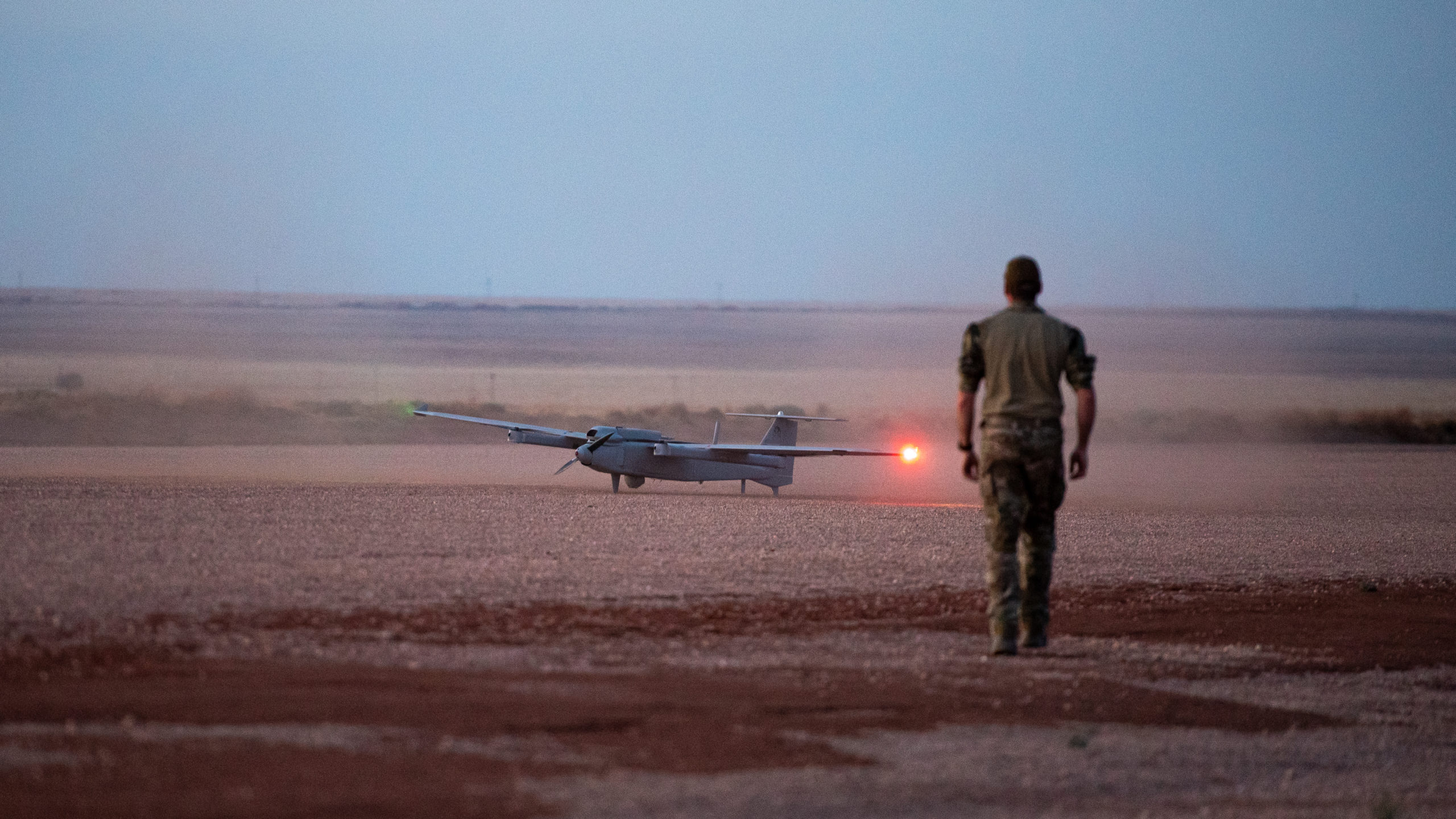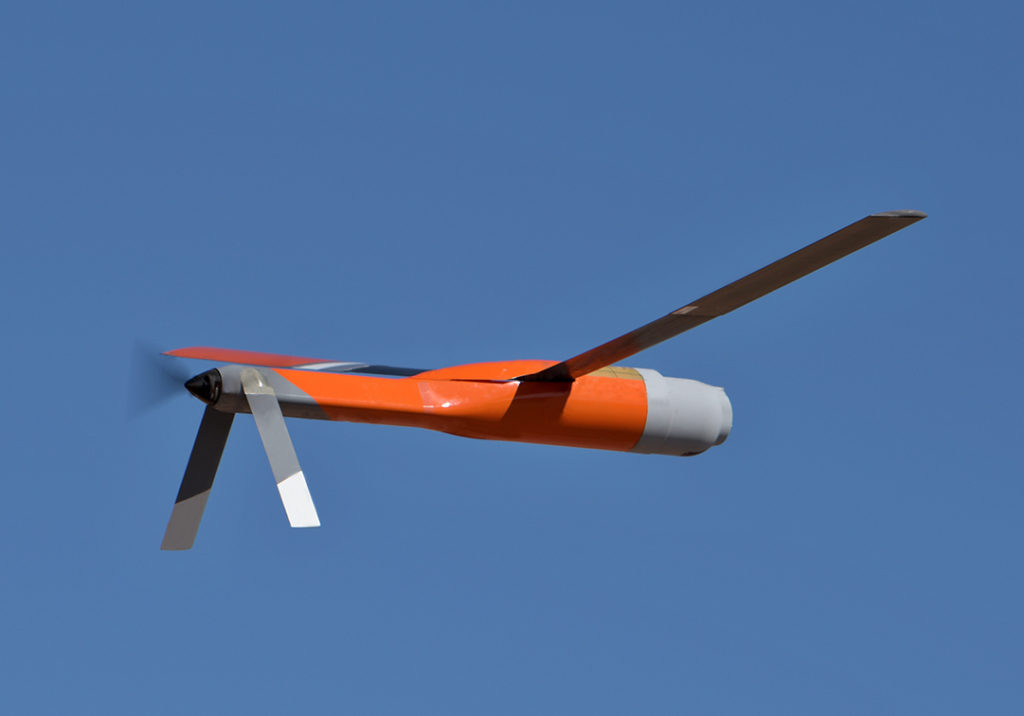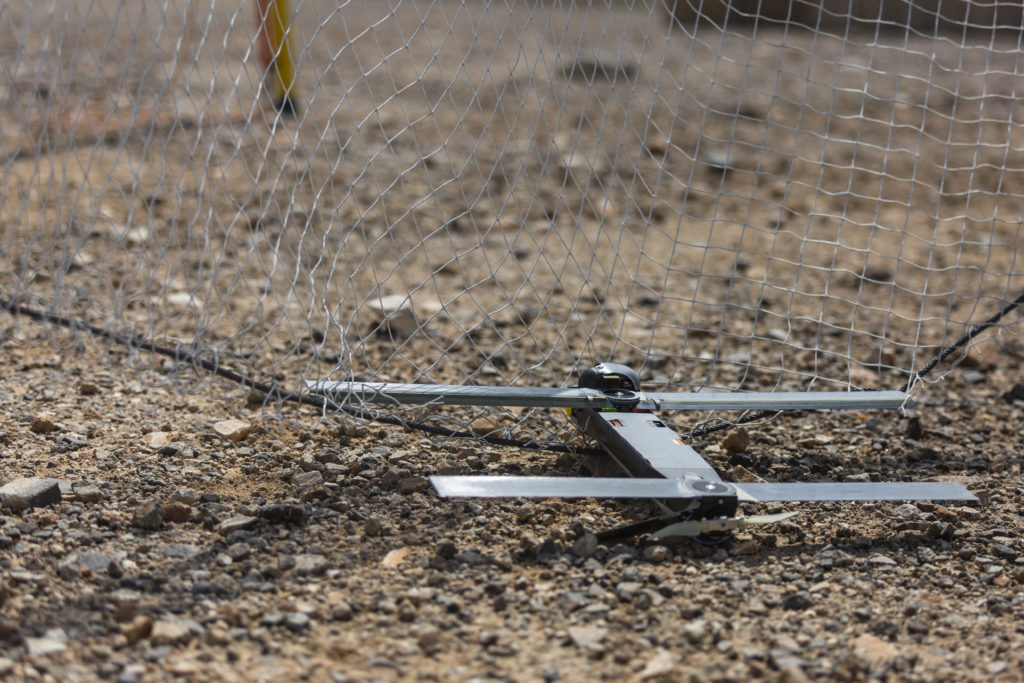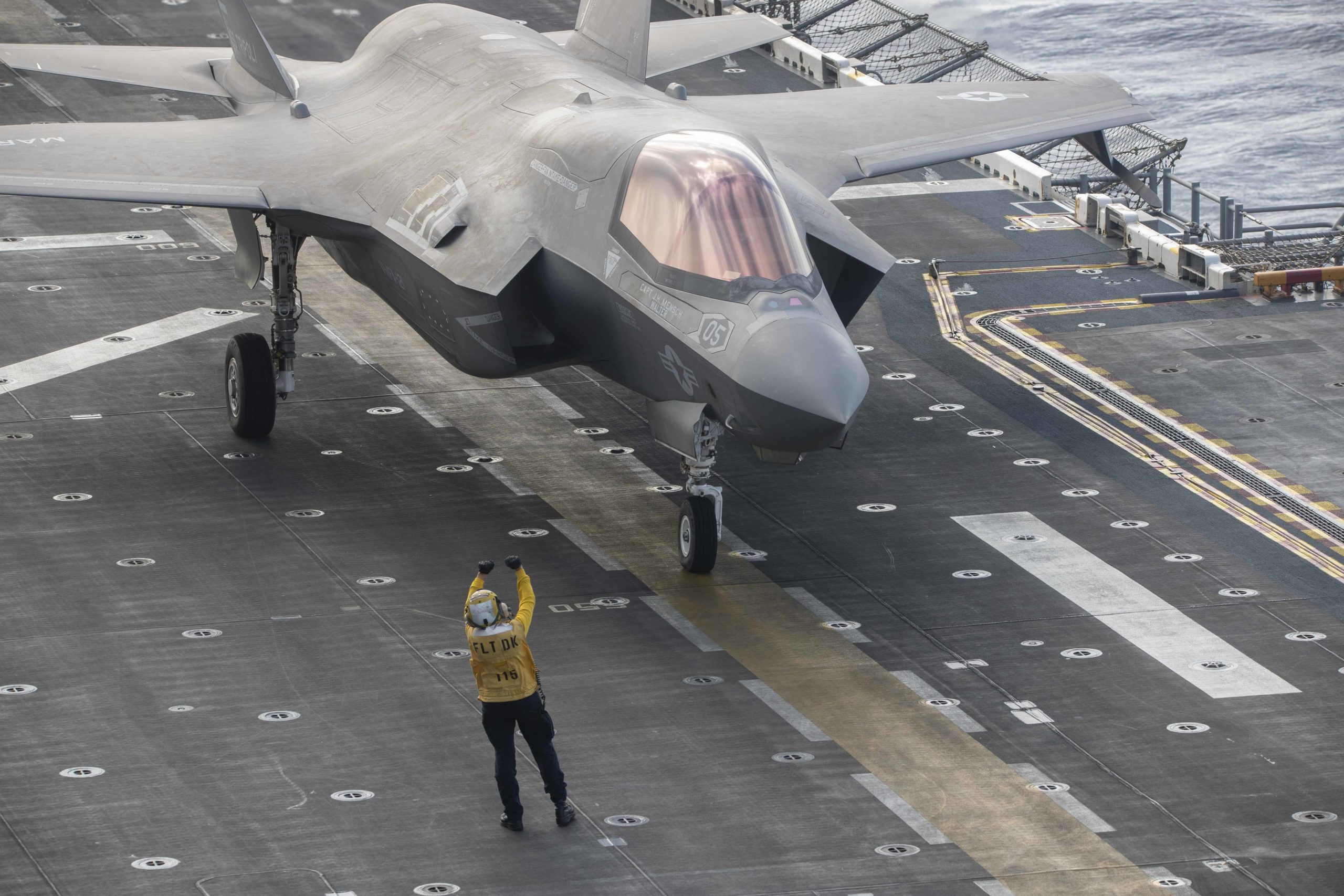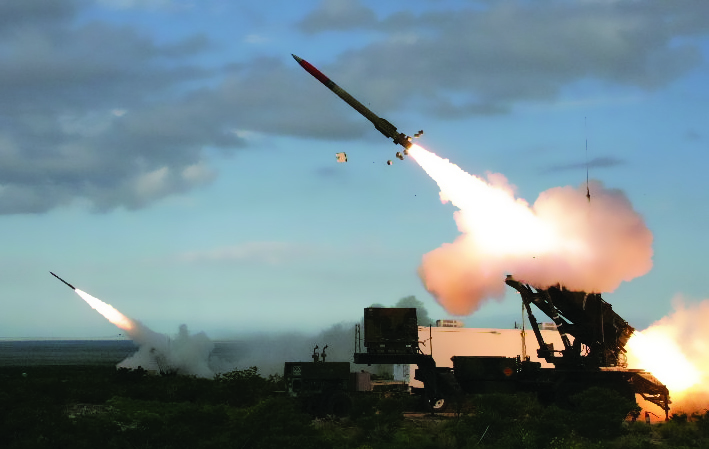The U.S. believes the New START strategic arms treaty with Russia—from which Moscow said it is “suspending” its participation—can be saved despite the grim relationship between the two countries, one of the State Department’s top arms control officials said.
At a Brookings Institution event Feb. 27, Mallory Stewart, assistant secretary of state for the Bureau of Arms Control, Verification, and Compliance, said Russia’s complaints about U.S. lack of compliance with New START aren’t valid, the U.S. wouldn’t gain intelligence about Russia’s war with Ukraine by inspecting Engels air base under the treaty, and that Russia itself has thwarted its own privileges under the deal.
The suspension is not yet in effect, Stewart noted, as the U.S. is still awaiting notification and formal complaints. The U.S. and Russia agreed in 2021 to extend the soon-to-expire New START treaty another five years. Russia has said it will continue to respect the accord’s caps on strategic weapons despite the suspension.
Russian president Vladimir Putin announced the move in a Feb. 22 speech marking the first anniversary of his invasion of Ukraine. The Russian leader tied the treaty to the U.S. backing of Ukraine with lethal aid, saying the U.S. means to “inflict a strategic defeat” on Russia and “claim our nuclear facilities.”
Moscow is incensed that under New START the U.S. can inspect Engels air base in western Russia, from which the Russian military has been launching bombers and missile strikes into Ukraine. Russia has also complained that it hasn’t been able to conduct inspections it’s allowed to make in the U.S. to ensure that conversions of bombers and submarines to accommodate longer-range weapons stay within treaty limits.
Stewart insisted those claims were false.
“Contrary to Russian assertions, there is nothing preventing Russian inspectors from traveling to the United States and conducting inspections,” she said. “Since the summer of 2022, we have made crystal clear to Russia that we are prepared to honor our obligation to host Russian inspectors.” Inspections were halted under mutual agreement during the COVID-19 pandemic with the proviso that they would be resumed after the pandemic had lifted.
“We are prepared to implement” Russia’s permitted inspections of U.S. facilities, but “they’re not taking advantage” of that authority, Stewart said. “We’re encouraging them to do so to confirm that we can demonstrate” that the bomber and submarine conversions “cannot be used for purposes that [are] prohibited.” She urged Russia to allow their inspectors to confirm U.S. treaty compliance.
“It’s really a Catch 22, in the sense that they’re accusing us of being in violation, and yet they’re not taking advantage of the right to confirm that we’re doing the right thing,” Stewart said.
At the same time, “Russia’s blanket denial of inspections of all Russian facilities—including Engels—is not allowed under the treaty,” Stewart asserted.
“Putin’s desire to promote instability and to manipulate nuclear risks is more likely to drive countries to band closer together for their common defense,” she said. “And it certainly will not compel the United States to back down in its support for Ukraine.” The issues Russia has raised are “readily fixable problems.”
President Joe Biden “has made it clear that no matter what else is happening in the world, the United States is ready to pursue critical arms control measures,” Stewart said. “The president said this not despite the security threats that exist, but because of them. … The value of arms control is greatest when conditions are ripe for miscalculation, escalation, and spiraling arms races.”
Russia has said it will continue to abide by the numerical limits of New START, and that the deal is “not exhausted,” Stewart said. But the U.S. side is “scratching our heads” over the complaints Russia has cited in suspending the treaty, she said.
For one example, Putin said Russia would resume nuclear testing if the U.S. does, but Stewart said she’s not aware that anyone in the U.S. government has suggested resuming such tests. Only North Korea is conducting such tests.
“So it seems the only reason president Putin brought up the matter was to inject more fear into the pronouncement, already intended to frighten,” she said.
It’s in Russia’s and the U.S.’s interest to keep New START, she said, to avoid another costly nuclear arms race, which Russia is ill-equipped to undertake.
“We have said we are willing to meet on this,” Stewart said. “We just need to understand where these communications are coming from.”
Asked whether the U.S. has defined goals for an agreement after New START, Stewart said the first order of business is to obtain “compliance with New START,” which still has two years to go to before it expires.
She acknowledged that the Obama administration’s goal of starting to work toward abolition of nuclear weapons has little chance in the near future.
“I think one of the biggest challenges we have right now is that if, if one country with nuclear weapons is pushing towards ‘global zero’ and no other country with nuclear weapons takes the same approach, it’s not a very realistic outlook,” she said.
China is not signatory to New START and has ignored all invitations from the U.S. to participate in three-way or bilateral nuclear arms talks with the U.S. and Russia. But the U.S. is pursuing agreements to define norms of behavior in cyber and space, and “even if Russia is not participating,” these may lay the groundwork for future strategic arms talks involving China, Stewart said.
“We have to work with China,” Stewart said, “to prevent miscalculation and miscommunication.”
It would have been helpful to have “more lines of communication” with China during the recent incident of a Chinese spy balloon over the U.S., she said, “to be able to reach out very quickly.”
These are “the kinds of moments in which you try to emphasize that communication is helpful,” she said. “We just have to … walk through the political challenges that … many countries are struggling with, because of this misnomer that arms control is not in the domestic interest.”
China has issued statements urging the U.S. and Russia to work out their differences and reinstate New START, Stewart said, which she said is encouraging. However, China’s stated ambition is to reach nuclear parity with the U.S. and Russia, so it’s in China’s interest that its two competitors continue to observe strategic weapon limits.
“We’re very aware of approaching this time in which we have two near-peer or peer competitors in the strategic arena,” Stewart said.
